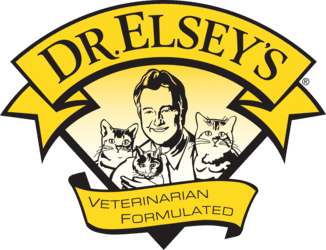
Respiratory Relief for Feline Allergies and Asthma
If you notice your cat is prone to wheezing, the issue might be more than a simple hairball. Just like us, cats can suffer from signs of respiratory inflammation including seasonal allergies and asthma. We’re sharing what you need to know and how you can improve your household environment to provide relief to your cat.
Airborne Allergies
Similarly to their owners, cats can also suffer from airborne allergies including pollen, dust and mold. These allergens can trigger sneezing, flaky skin and difficulty breathing due to excess mucus. Not only are these allergic reactions uncomfortable for our cats, but excess dander due to increased itching can worsen the pet owner’s allergies as well. Brushing or bathing your cat can help relieve symptoms by reducing the amount of pollen and mold adhered to your cat’s fur.
Environmental Factors
While you might think your indoor cat is safe inside from seasonal allergies, certain items found within the home could be causing irritation to your cat’s respiratory system. Common items including scent diffusers, flowers, candles and household cleaners with heavy scents or chemicals can trigger sneezing and even asthma. In addition to keeping your home free of irritating scents, regularly vacuuming and cleaning can help minimize household allergens like mold, mildew and dust from collecting on interior fabrics.
Feline Asthma
An allergy-driven respiratory condition, feline asthma can cause wheezing and coughing similar to the act of coughing up a hairball. If you suspect your cat might be suffering from asthma or is having difficulty breathing, schedule a trip to the veterinarian for proper treatment. According to Dr. Elsey, “You miss more by not looking than by not knowing.” Regularly bringing your cat to the veterinarian for hands on care is necessary for diagnosing any issues and making sure your cat is in good health.
While environmental and household allergens can cause feline asthma attacks, the real culprit may be hiding in your cat’s litter box. Low quality clay litters often contain high amounts of dust, which when inhaled can result in breathing difficulty. Investing in a high quality litter with a low dust formulation can help improve the quality of life for asthmatic cats.
A Low-Dust Litter Box
Dr. Elsey’s R&R™ Respiratory Relief Litter is available in two formulas—clumping clay and biodegradable silica gel. Both low dust and hypoallergenic litters work to control respiratory inflammation with a formulation free from plant proteins, perfumes or deodorants. The natural essences in the litter along with the low dust help to reduce stress, which can be an important factor in controlling Feline Respiratory Disease.
Veterinarian-formulated with respiratory sensitivities in mind, Dr. Elsey’s R&R™ Respiratory Relief Litter is an ideal solution for an allergy-friendly litter box. Learn more about how you can get your first bag for free by visiting our rebate page.




